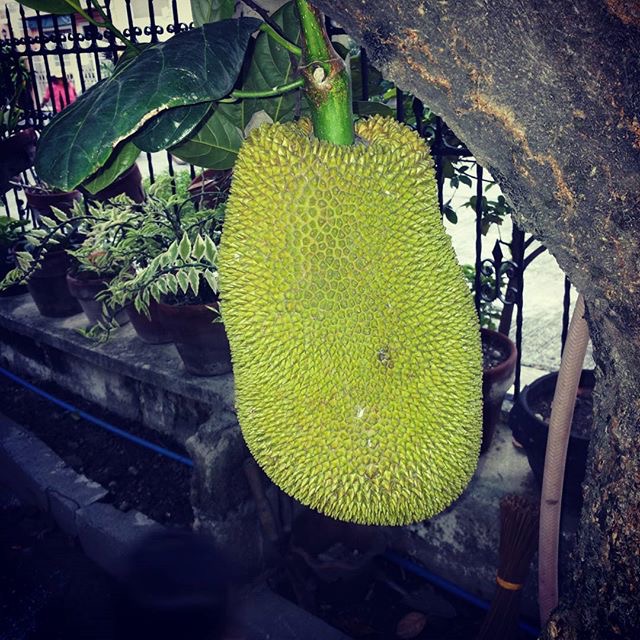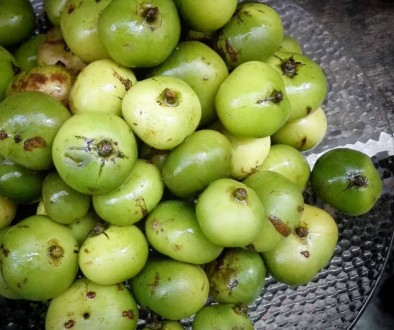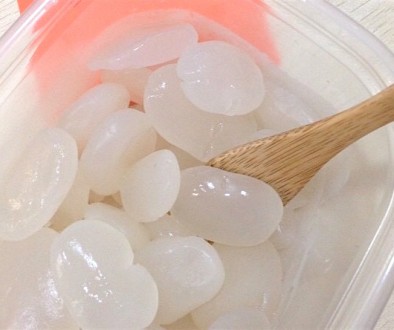Langka

Langkâ or Nangkâ is the Tagalog word for “jackfruit.”
It’s the largest fruit that grows on a tree!

Philippine cuisine makes use of unripe jackfruit in a few cooked dishes.
Yellow-ripe jackfruit is what’s more widely eaten, either as is or mixed into other treats, such as a turon filling alongside banana or in sweet guinataan (coconut-milk stew).
Less common spelling variation: lanka
PaKaDios = Pata, Langka, Kadios
Paano magmatamis o mag-imbak ng langka?
Biyakin ang langka at alisin ang mga buto sa lamukot.
Ang mga lamukot ay ilagay sa garapon at busan ng aribal.
Pakuluan ito nang 30 minuto.
Benefits?
PREPARATION AND USES
Medicinal Value
1. For wounds and ulcers. Burn the leaves. Use the ash to treat open wounds and skin ulcers.
2. As aphrodisiac. Roast the seeds and roots. Pound or grind the roasted seeds and roots. Prepare a decoction of
this and drink as tea.
3. For glandular swellings, snake bites and insect bites. Mix the juice of the tree or the raw fruit with vinegar. Apply on affected areas.
4. For diarrhea and fever. Prepare a decoction of the root. Drink as needed.
Culinary Value
1. Raw fruits are used as vegetables.
2. Ripe fruits are used as food and in the preparation of jams, candies and salads.


